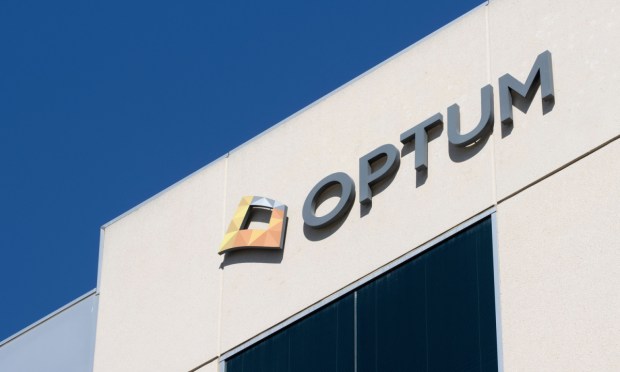Optum Bid for Amedisys Shows Ongoing Reinvention of the Private Healthcare Ecosystem

The growing yet fragmented home health space is moving toward a more consolidated and centralized footing one deal at a time as major players continue snapping up smaller ones, reinventing home health as a consumer-centric product, service and experience, increasingly delivered by major brands.
Done deals and potential deals show the seriousness of corporate thinking on the expansion of home health delivery. On Monday (June 5) UnitedHealth Group unit Optum made an unsolicited bid for home health company Amedisys valued north of $3 billion.
Tipping its hand that bigger operators are on the hunt for these kinds of opportunities, Optum said in its announcement of the Amedisys offer that “In-home care is provided by thousands of organizations nationwide, with no single participant having more than a single-digit percentage share, a core reason Optum is confident it can secure approval for the combination.”
Amedisys is known for its suite of in-home health services including skilled nursing, in-home palliative and hospice services, as well as hospital-level at-home care provided through its Contessa Health unit.
Optum’s rationale for trying to acquire Amedisys is akin to moves made in the past two years from Amazon to CVS in tapping into the growth of alternative approaches to healthcare delivery. It also ties into larger trends around value-based care that centers on patient outcomes and experience, be it at home or in retail clinic settings that have become relatively new fixtures on the health landscape.
As Amazon completed its acquisition of retail clinic operation One Medical in February, Senior Vice President of Amazon Health Services Neil Lindsay said, “One Medical has set the bar for what a quality, convenient, and affordable primary care experience should be like. We’re inspired by their human-centered, technology-forward approach and excited to help them continue to grow and serve more patients.”
That came just six months after Amazon decided to shutter its pilot of Amazon Care, a retail health clinic concept the company was incubating internally. In short, the easier move was to buy, not build.

Along similar lines, value-based in-home care company Signify Health agreed to be acquired by pharmacy giant CVS Health in September 2022. In that announcement, CVS Health President and CEO Karen Lynch said, “This acquisition will enhance our connection to consumers in the home and enables providers to better address patient needs as we execute our vision to redefine the healthcare experience. In addition, this combination will strengthen our ability to expand and develop new product offerings in a multi-payor approach.”
Omnichannel Health Options Meeting Consumer Demand
The CVS-Signify deal closed in March, at which time Signify said: “The combined company will work to improve care delivery capabilities, lower costs, improve levels of engagement and enable broad access to high-quality care, especially for Medicare Advantage customers. Signify clinicians can have an even greater impact by engaging with CVS Health’s unique collection of assets and connecting consumers to care how and when they need it.”
Through a combination of retail clinics and at-home health services, consolidation in the space is driven in part by consumer demand for omnichannel options in where and how they receive care.
In the study “The ConnectedEconomy™: Omnichannel Healthcare Takes Center Stage,” a PYMNTS report with research sponsored by CareCredit, a survey of more than 2,700 U.S. consumers found that “At the low end, nearly one-third of baby boomers and seniors use a mix of both digital and in-person healthcare options, and at the high end, two-thirds of Gen Z consumers do the same.”
Gen Z and baby boomers are hardly the only age groups who use omnichannel healthcare services. Thirty-nine percent of Generation X consumers, 63% of millennials, and 56% of bridge millennials also use a mix of in-person and digital healthcare options, showing that omnichannel healthcare is now a near-universal phenomenon in the United States.

